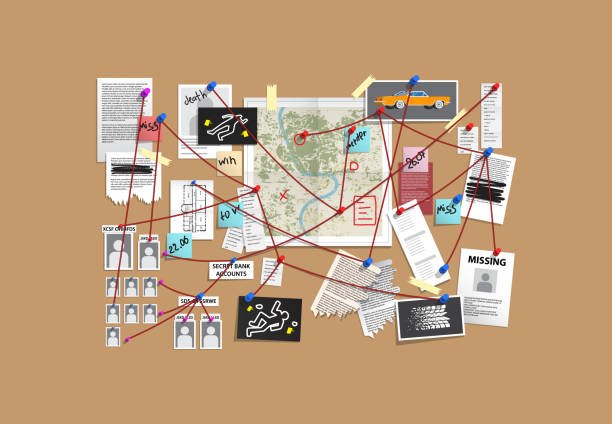#20 - Witch Mythology in Scotland
/• Often women, some men and also you could possibly teach yourself to become a witch too.
• Could fly very far distances
• They would party with all of the elves, fairies, mermaids, warlocks, brownies, pixies and even the phantom hunters.
• Were usually part of a group of witches.
• Under torture witches would admit they would meet with the devil.
• Witches are notorious for their bad timeheeping.
• Accused witches killed for their crime have spirits that still roam.
• Witchcraft can be inherited by children of witches.
• Witches’ spirits can haunt their old homes or where they were killed.
•Since, other reports include that the windows light up at night, strange music and laughter wafting into the street. Sometimes, the shapes of enormous women can be made out through the windows, and other times the mysterious black staff can be seen hovering its way down the street in search of its master.


















